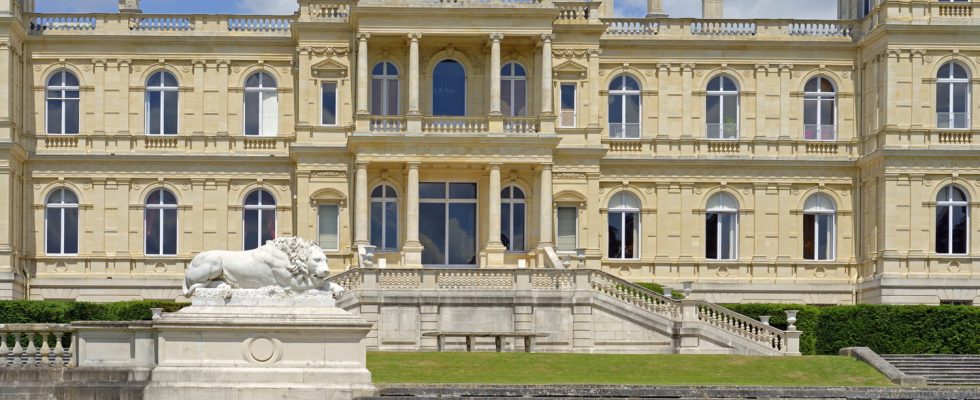The international auction company Christie’s sells 600 precious objects of heirs to the Rothschild family in October, in New York. Many of these historical objects are worthy of a museum.
Christie’s is one of the international auction houses fighting to obtain prestigious collections with famous names. Next October, it is offering the sale in New York, by the heirs of the so-called “Paris” branch, of some 600 marvels owned by the rich Rothschild family for a century and a half. Precious objects that have notably contributed to the magic of the Château de Ferrières, in which Guy and Marie-Hélène de Rothschild gave costume balls and have since become the property of the eponymous town.
The Rothschild sale at Christie’s, the house of François Pinault, is announced for an estimated value between 20 and 30 million euros. About 600 items are concerned, ranging from silverware to Renaissance jewelry, including furniture, majolicaenamels and high quality paints.
The so-called “Paris” branch from which they come is that of James de Rothschild (1792-1868), first son of Mayer Amschel (1744-1812), founding banker of the dynasty who married his niece, Betty, the Queen’s protege. Marie-Amélie, anti-Napoleon III, whose portrait Ingres painted. It is also, in the next generation, his son Alfonse (1827-1905), husband of Leonora, who had four children including Édouard, Guy’s father, having himself had two sons, David and Édouard. At stake, a family loot shared by these many heirs as part of a public sale to get along.
Objects worthy of museums sold for up to 2 million euros
But then, which objects will be part of the lot, for example? Anxious to preserve some of the surprise, Christie’s, which has already made several sales for the Rothschilds (in London, in 2019 or even Geneva, in 2000), revealed the nature of some of these marvels upstream: among them, a Delft nautilus, ivory shell with gilt bronze mount, 17th century (possibly 1607), estimated $200,000-400,000; an emblazoned dish from Urbino or Turin, circa 1563-1565, by the workshop of Orazio Fontana, estimated at $200,000 to $400,000; a cup on a pedestal with its Nuremberg lid (Hans Pezolt mark, 1593-1602), estimated at $200,000 to $400,000.
And even more a fresco with life-size figures from the Dutch school of the second half of the 17th century, by a follower of Rembrandt. It is an immense procession of victorious David, in embossed and painted leather, mounted on canvas (1 to 2 million euros).
There is no doubt that these refined objects will find takers: Rothschild remains a sought-after pedigree paying dearly on the art market. And this, despite the Versailles fake scandals that have tarnished the field of furniture and works of art from the 18th century, a case that has not yet been tried in court.
